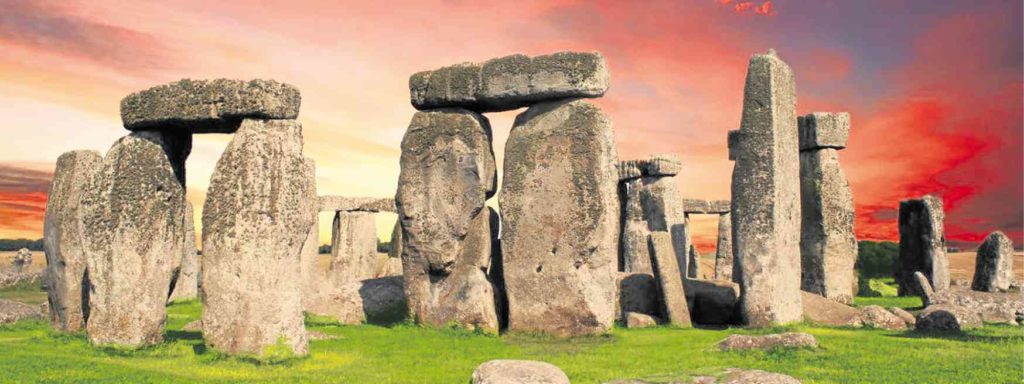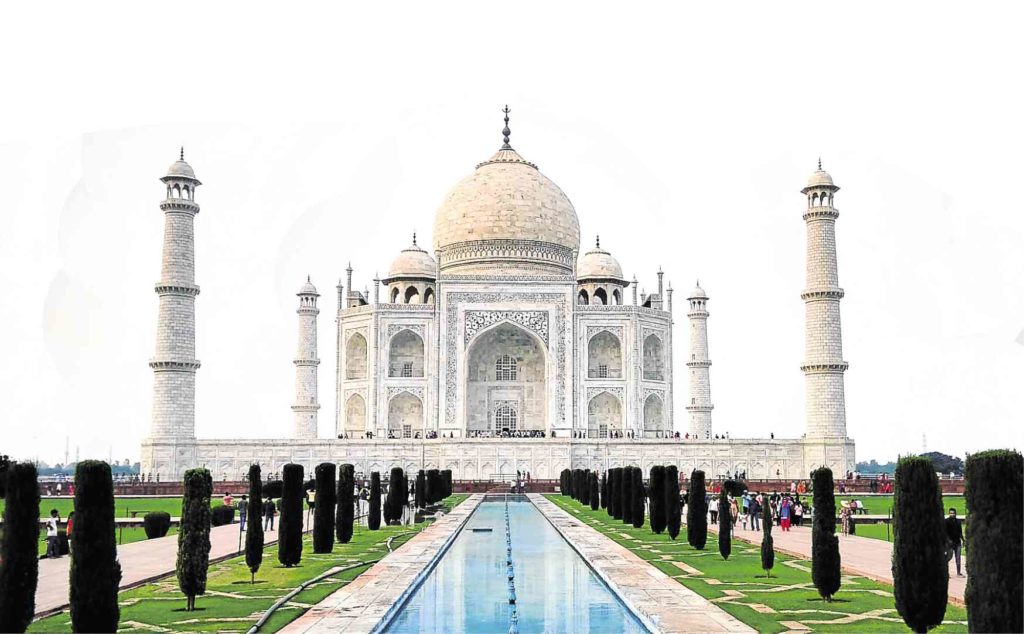Building stories of the dead

The Stonehenge is one of Britain’s oldest and largest cemeteries.
When you think of tours, a cemetery is probably one of the last things that come to mind.
After all, isn’t a tour supposed to be a fun and learning experience? Tombs and mausoleums are often depicted as scary and gloomy—when were they ever fun?
Unbeknown to many however, many of the world’s tourist spots are burial places. Beyond morbidity, these venues are significant in terms of history and culture as they express emotions and ideas meant to survive for all eternity.
As these structures would suggest, the dead tell their stories through what they left behind. And architecture, sometimes, serves as one of the best storytellers of the dead.
Royal cemetery
The Stonehenge in Wiltshire, England, is considered a mysterious remnant of prehistoric times. Made up of massive stones propped up in a circular formation, it is up to anybody’s guess what purpose they served to early men.
Its origins are as unknown as its function, piquing the curiosity of many. Recent studies revealed that the Stonehenge was initially used as a burial ground. Mike Parker Pearson, head of the Stonehenge Riverside Project, said that this implies that the landmark represented the “domain of the dead” to early Britons.
According to Pearson’s study, an estimated 240 people are buried in the area. This makes the Stonehenge one of the largest known cemeteries of Ancient Britain. Only a few, however, are buried within the stone rings themselves, suggesting exclusivity.
With these new findings, the Stonehenge marks itself as a special place in the history of Great Britain. Though simply made up of stones, this monument testifies to a time when burials cemented one’s social status for all eternity.
This is reportedly one of the oldest and most famous cemeteries. In a way, the people buried here are assured of eternal living, as their final resting place remains celebrated through time.
Power or guilt?
The Taj Mahal in Agra India is arguably one of India’s most iconic masterpieces.
Considered one of the best examples of the Mughal style of building, the palace observes almost perfect symmetry. The 17th century mausoleum is famous for its grand architecture and captivating love story.

The Taj Mahal is one of the world’s most famous mausoleums.
Literally translating to “Crown Palace,” the Taj Mahal is named after Mumtaz Mahal, the wife of the Mughal Emperior Shah Jahan. According to tradition, the building is a loving tribute of the powerful ruler to his darling wife.
The story is idyllic, but over the years, it has been challenged by different scholars proposing alternative stories.
A play written by Dilip Hiro, a London-based expert on international affairs, suggests that the palace may have been built out of guilt and murder.
Another theory proposed by P.N. Oak, an Indian writer, is that the building was originally a temple seized to become a tomb. Though these tales are considered unfounded, their existence adds to the intrigue surrounding the grand mausoleum.
The Taj Mahal is a testament that human emotion can be clearly expressed through the built environment, defeating the limitations of time.
Becoming museums
In the Philippines, one of the most interesting places to visit is the Manila Chinese Cemetery in Sta. Cruz, Manila.
Home to many famous heroes and icons, this is the second oldest cemetery in the city. It played an important role in our country’s history from the Spanish Period to Japanese colonization.
Existing for over a century, the cemetery exhibits different architectural styles that dominated Manila over time. Each mausoleum is a unique piece, its physical character revealing the period when it was built.
Many structures in the area look like houses, intricately decorated to signify wealth and reverence. The buildings here are far from scary as one would expect from cemeteries. Instead, the mausoleums look more like miniature edifices frozen in time.
These examples of funerary architecture show how buildings are effective testaments to different human emotions and beliefs. These structures help one to be remembered even after death.
The longevity and monumentality of mausoleums, tombs and cemeteries assures us that despite our passing, our existence on earth can be permanently marked. Though they may change over time, our stories will always be celebrated, if only for the creations we left behind.
(Sources: https://news.nationalgeographic.com; https://www.mapsofindia.com; Mounds, Magnates and Mausoleums! Tour by Ivan Man Dy)
The author is a Filipino architect who studied abroad and currently works for the local firm DSFN Architects. A tour around Manila Chinese Cemetery made her admire cemeteries and helped lessen her fear of ghosts.
